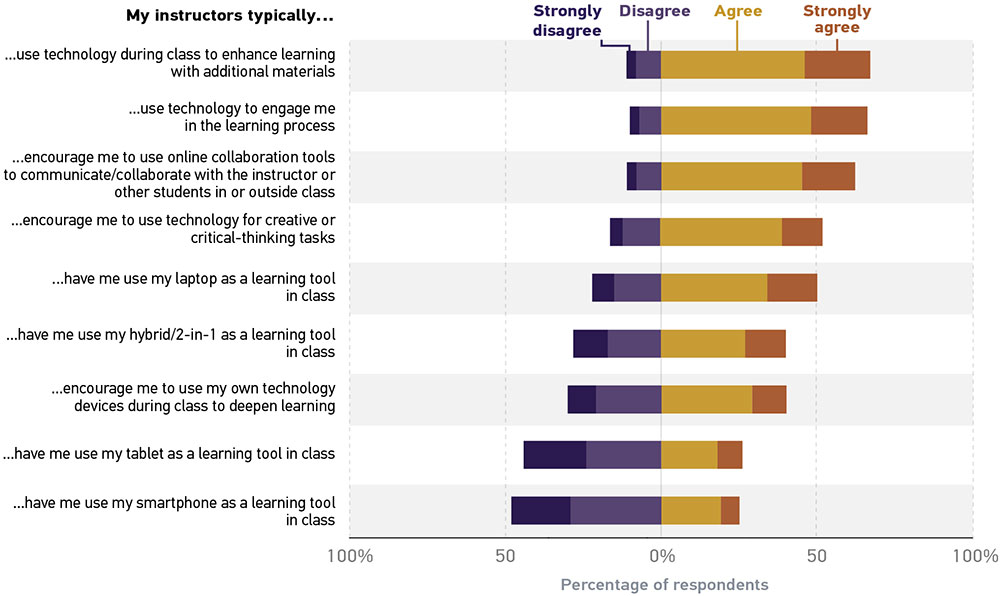From communal laptops in carts to individual iPads and Macbooks, I have always had some sort of technology to help me learn in class from kindergarten through high school. Even now, we depend on our laptops more than anything when it comes to higher education learning in universities across the world.
The 21st century has seen a shift in the way we use technology to make our lives easier and build for the future. Schools are no exception; in order to compete with the technologically advanced society and dependence on devices, educators have begun to integrate technology into their classrooms to change the way they teach while simultaneously allowing students more access to learning. This could include the use of smartboards for teaching curriculum, 1-on-1 devices for students to do classwork and homework, and online platforms like Canvas and Google Suite.
With all of these benefits and more, why is there such a huge debate about the use of technology in education?
Many teachers and professors have specific teaching styles that could be helpful to some, but challenging for other students. Technology can help combat this by integrating visual, auditory and kinetic activities like virtual labs and videos to reinforce what was learned in class. It can even give teachers the ability to make more fun and engaging lessons through platforms such as Kahoot.
In the United States, students that spent more than an hour on a device in the classroom per week “achieved the highest outcomes for reading and science” according to McKinsey & Company.
Technology is also helpful to educators. Not only has technology given teachers a plethora of resources to make lessons, but it has streamlined the process of grading and tracking student progress with learning management platforms such as Canvas.
However, the integration of technology in classrooms also has its drawbacks. Students are already constantly in front of screens with gaming, social media, video streaming, etc. Opponents argue that allowing screens to be a dominant form of education would be harmful to students due to the physical and mental effects it can cause such as obesity or depression. Others also argue that it can have an impact on their learning. A study done by the National Institute of Health has shown that children often scored lower on aptitude tests if they spent more than 2 hours in front of a screen.
Technology may also prove harmful to skills that are not taught explicitly, such as interpersonal skills through human (face-to-face) interaction. Specifically, Charles Nechtem Associates believe children will be more “socially withdrawn and awkward.”
Other drawbacks include a reduced attention span with distractions, more cheating and the cost of implementing such ideas (especially in low-income areas).
Technology has revolutionized the way we communicate, work and now, gain an education. It has certainly helped us during COVID-19 with distance learning, however there are still many drawbacks that must be taken into consideration. So, do you think that we need technology in education?



I think that using technology to enhance learning is definitely beneficial to both students and teachers. It makes work easier and faster to complete, eliminates the need for printing everything out, and allows access to useful resources. However, putting technology into all classrooms isn’t ideal. I think that one-to-one learning devices like laptops and iPads shouldn’t be used in elementary schools, and they often aren’t necessary for middle schools either. Technology is a useful tool, but young children should be taught to use it responsibly and safely before fulling integrating it into the classroom.